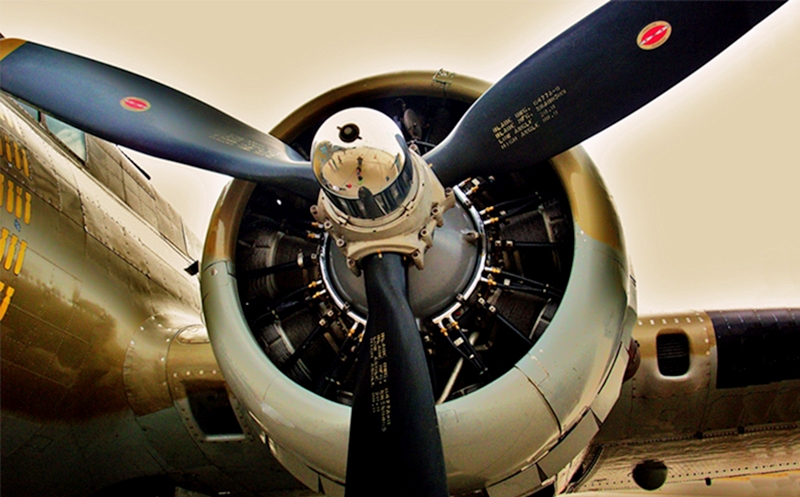
In some commercial airliners (i.e.: Airbus-which features the glass cockpit concept) both pilots use a side-stick located on the outboard side, so Captain's side-stick on the left and First-officer's seat on the right.Įxcept for some helicopters, the right seat in the cockpit of an aircraft is the seat used by the co-pilot. In most cockpits the pilot's control column or joystick is located centrally ( centre stick), although in some military fast jets the side-stick is located on the right hand side. Smaller aircraft may be equipped with a transparent aircraft canopy.
#Airplane cockpit windows#
Nearly all glass windows in large aircraft have an anti-reflective coating, and an internal heating element to melt ice. Most cockpits have windows that can be opened when the aircraft is on the ground. Open-cockpit airplanes were almost extinct by the mid-1950s, with the exception of training planes, crop-dusters and homebuilt aircraft designs.Ĭockpit windows may be equipped with a sun shield. Louis and the passenger aircraft manufactured by the Douglas and Boeing companies during the mid-1930s. Early airplanes with closed cockpits include the 1924 Fokker F.VII, the 1926 German Junkers W 34 transport, the 1926 Ford Trimotor, the 1927 Lockheed Vega, the Spirit of St. In the mid-1920s many aircraft manufacturers began using enclosed cockpits for the first time. Prior to Perspex becoming available in 1933, windows were either safety glass, which was heavy, or cellulose nitrate (i.e.: guncotton), which yellowed quickly and was extremely flammable. The largest impediment to having closed cabins was the material used to make the windows. Military biplanes and the first single-engined fighters and attack aircraft also had open cockpits, some as late as the Second World War when enclosed cockpits became the norm. The first airplane with an enclosed cabin appeared in 1912 on the Avro Type F however, during the early 1920s there were many passenger aircraft in which the crew remained open to the air while the passengers sat in a cabin. The seat of a powerboat racing craft is also referred to as the cockpit. In the USA and many other countries, however, the term cockpit is also used for airliners. In an airliner, the cockpit is usually referred to as the flight deck, the term deriving from its use by the RAF for the separate, upper platform in large flying boats where the pilot and co-pilot sat.
#Airplane cockpit driver#
įrom about 1935, cockpit came to be used informally to refer to the driver's cabin, especially in high performance cars, and this is official terminology used to describe the compartment that the driver occupies in a Formula One car. This meaning no doubt influenced both lines of evolution of the term, since a cockpit in this sense was a tight enclosure where a great deal of stress or tension would occur. The original meaning of "cockpit", first attested in the 1580s, is "a pit for fighting cocks", referring to the place where cockfights were held. Thus the word Cockpit came to mean a control center. According to the Barnhart Concise Dictionary of Etymology, the buildings in London where the king's cabinet worked (the Treasury and the Privy Council) were called the "Cockpit" because they were built on the site of a theater called The Cockpit (torn down in 1635), which itself was built in the place where a "cockpit" for cock-fighting had once stood prior to the 1580s. However, a convergent etymology does involve reference to cock fighting. The same term later came to designate the place from which a sailing vessel is steered, because it is also located in the rear, and is often in a well or "pit".

Thus by the 18th century, "cockpit" had come to designate an area in the rear lower deck of a warship where the wounded were taken.


The midshipmen and master's mates were later berthed in the cockpit, and it served as the action station for the ship's surgeon and his mates during battle. The word "cockswain" in turn derives from the old English terms for "boat-servant" ( coque is the French word for "shell" and swain was old English for boy or servant). It referred to an area in the rear of a ship where the cockswain's station was located, the cockswain being the pilot of a smaller "boat" that could be dispatched from the ship to board another ship or to bring people ashore. The word cockpit seems to have been used as a nautical term in the 17th century, without reference to cock fighting.


 0 kommentar(er)
0 kommentar(er)
